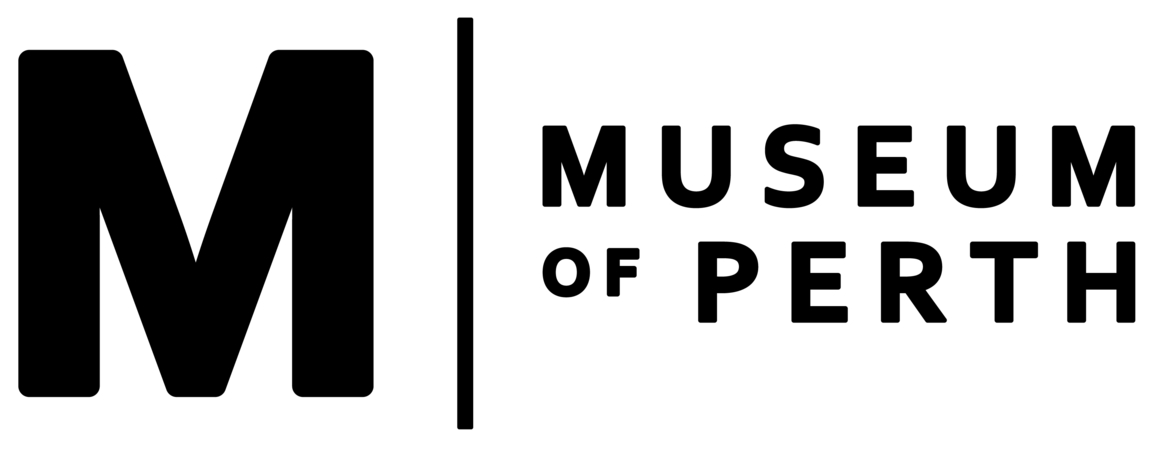Goonininup
Gooninyup / Goonininnip / Goonininyup / Goon'in'in'yup / Gooneen-alup
Description & Location
The name of a campsite and permanent spring covering a large extent of land that once existed at the base of Mount Eliza, downstream of where the Swan Brewery now stands. The boundary separating Goonininup and Karrgatup (camping ground on the slopes below Mount Eliza) was marked by a large tuart tree located below the point of Kata Moor (Point Lewis or One Tree Point).
This permanent water source is regarded as sacred in Noongar culture due to its strong association with the Waugyl. When the Waugyl, the great rainbow snake of Noongar Dreaming, journeyed towards the ocean, it meandered through what is now called the Swan River and emerged at the base of Mt. Eliza at a freshwater spring (now Kennedy’s Fountain).
Sites such as Goonininup that are associated with the Rainbow Serpent Dreaming, called Waugyl places, traditionally required Aboriginal visitors to provide customary introductions or offerings. Aboriginal visitors who breached this law were punished by illness.
Surrounded by bulrushes, Goonininup’s proximity to the estuary shore made this location a favoured camping place. Goonininup’s camp layout was well-positioned for both public gathering centring around the freshwater spring and a private area nestled amongst the slopes of Mount Eliza. Gilgie (freshwater crayfish) abounded when in season, providing a rich source of nourishment. The Noongar clan Elder Yellagonga who was living at the time of European contact favoured this camp site and would have partaken in its important rituals and ceremonies.
Goonininup’s place along both an ochre trade route and a track for young male initiates cements its status as a key site. Yellagonga traded his high grade red ochre from this site to camps across Western Australia and even South Australia. Also on this route, Noongar boys undergoing initiation, known as moolyeet, travelled throughout the country of their kin learning from Elders on the way. The final initiation ceremony of the moolyeet coincided with a seasonal kangaroo hunt at Goonininup, called yongar-a-kabbin, that was accompanied with feasts, ritual gifting, and the making of booka (kangaroo skin cloaks).
The name Goonininup is said to derive from the Noongar word for faeces, goona, acknowledging the limestone cliffs above present-day Mounts Bay Road that were created by the Waugyl. Limestone in Noongar country is traditionally associated with the Waugyl’s excrement.
Adjacent to Goonininup is the site of Kooyamulyup, which means place of kooya (frogs).
References
Aboriginal Perth (1929, July 4). Western Mail, p. 70. Retrieved from http://nla.gov.au/nla.news-article38887581.
Bates, D. Manuscript 365/4/160, Notebook 15, p. 6-7.
Bates, D. Manuscript 365/4/166, Notebook 15, p. 100.
Bates, D. Manuscript 365/4/172, Notebook 20, p. 19.
Bates, D. Manuscript 365/4/174, Notebook 20, p. 57.
Bates, D. Manuscript 365/4/178, Notebook 20, p.57a.
Bates, D. Manuscript 365/4/161, Notebook 15, p. 8-10.
Bates, D. Manuscript 365/4/185, Notebook 20, p. 25.
Bates, D. (1909, December 25). Oldest Perth. Western Mail, p. 16. Retrieved from http://nla.gov.au/nla.news-article37401699.
Douglas, W.H. (1976). The Aboriginal languages of the of the South-West of Western Australia. Australian Institute of Aboriginal Studies: Canberra.
Vinnicombe, P. & Western Australian Museum. (1989). Goonininup : a site complex on the southern side of Mount Eliza : an historical perspective of land use and associations in the old Swan Brewery area. Perth, WA: Western Australian Museum.
Approximate location of Goonininup (Swan Brewery vicinity), directly below Kata Moor, State Library of Western Australia, 011245D


